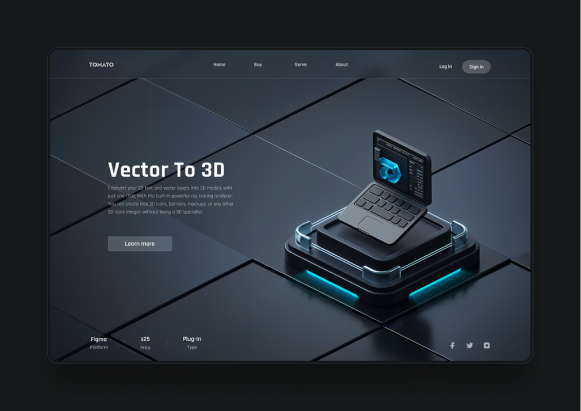How to Integrate APIs in Node.js for Your Next Project
API integration is a crucial skill for modern web developers. Whether you're working with
third-party services, microservices, or building your own API ecosystem, mastering Node.js
integration patterns will significantly enhance your development capabilities.

Understanding API Integration Fundamentals
Choose the Right HTTP Client
Select an appropriate HTTP client library for your Node.js application. Popular choices include Axios for its promise-based approach, the built-in Fetch API, or the native 'http' module for lightweight applications.
Handle Authentication Properly
Implement secure authentication methods such as API keys, OAuth 2.0, or JWT tokens. Store sensitive credentials in environment variables and never hardcode them in your source code.
Implement Error Handling and Retry Logic
Graceful Error Management
Build robust error handling mechanisms to manage network failures, API rate limits, and unexpected responses. Implement exponential backoff strategies for retrying failed requests.
Response Validation
Validate API responses using schema validation libraries like Joi or Yup. This ensures your application handles unexpected data structures gracefully and maintains data integrity.
Rate Limiting and Caching
Implement rate limiting to respect API quotas and use caching strategies with Redis or in-memory storage to reduce API calls and improve performance.

Best Practices for Production
Environment Configuration
Use environment variables for API endpoints, keys, and configuration settings. Implement different configurations for development, staging, and production environments to ensure smooth deployments.
Monitoring and Logging
Implement comprehensive logging for API calls, including response times, error rates, and payload sizes. Use monitoring tools like New Relic or DataDog to track API performance and identify bottlenecks.
Security Considerations
Always use HTTPS for API communications, implement request/response validation, and consider using API gateways for additional security layers. Regularly rotate API keys and implement proper CORS policies.
Conclusion
Successfully integrating APIs in Node.js requires careful planning, robust error handling, and adherence to security best practices. By following these patterns and implementing proper monitoring, you can build reliable applications that seamlessly interact with external services. Remember that good API integration is not just about making requests work, but ensuring they work consistently under various conditions and scale with your application's growth.
Related posts
View moreYears of
Development
Projects
Delivered
Satisfied
Clients
Open Source
Contributions
Get in touch
I'm always excited to take on new projects and collaborate with fellow developers. If youhave a project in mind or want to discuss web development, feel free to reach out!


